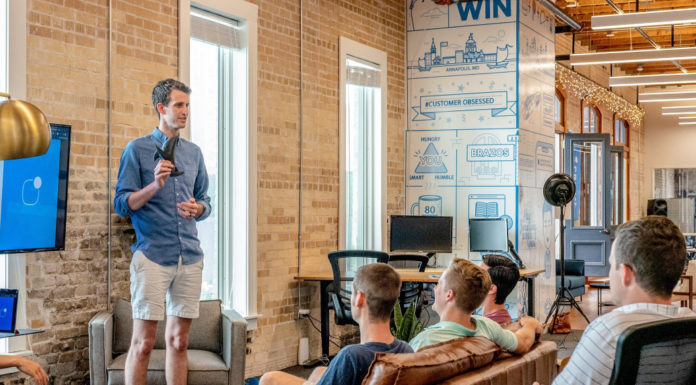When you’re running a website for your business, security and monitoring is critical. You can’t have uncertainties in regards to your website as it’s your source of income – you can’t risk it be compromised in any way.
Due to the large number of things to worry about when it comes to being secure on the web, it is important to understand how to protect your site against security breaches.
In this article, I’ll explain you how to protect your website, so you don’t make the following mistakes when first getting started.
Using Weak Passwords
You don’t have to be an expert to know that using a simple or a default password is like leaving your front door open. Not only simple passwords are dangerous, also using the same password for multiple sites and sharing them with co-workers is not a good idea. If anyone discovers your singular password, he or she can use it to unlock the rest of your accounts.
Many accounts are hacked because the attacker gets access to an email account or another account where users have reused their login and password.
So make sure you use different passwords for different accounts and change them once in a while. It helps to use an application like LastPass to make it easier to manage multiple complex passwords and to reduce the incentive to re-use them.
You can use also use LastPass’ password generator in order to generate lengthy, random passwords!
Disabling Security Controls
Users with administrator privileges could disable security control to make things easier for employees to use but it can have disastrous consequences. Obviously, when a security measure is disabled, it can’t offer protection.
Organizations should forbid web surfing on administrator accounts as through these accounts, hackers have more user capabilities and higher access levels. Once security controls are disabled, it could cause significant damage to a business.
Unencrypted Data
Data theft is an uncomfortable reality for many online businesses. Losing vital trade secrets can set you back months or even years.
According to PandaLabs, the total number of new malware was up to 285,000 samples every day in 2017. There is not one filter to catch them all, so you must have a series of filters to protect your website. To prevent a hacker from accessing your local data and from stealing it, you should encrypt your data and create backups.
Even if your data is hijacked by a hacker or malicious program, it will stay safe as long as you encrypt your data with at least standard 128-bit encryption (or better), because it is virtually unbreakable without the private decryption key.
Fortunately, setting up encryption isn’t very hard. Windows and macOS X have built-in hard drive encryption software which you can enable with only a few clicks.
For servers, the process is more difficult, but you can get the help of an IT expert or company to get started and train your employees in encryption and key management.
Not Updating Your Software
Updating your software tools is incredibly important. Not only you should update WordPress’ core files but also all the active and inactive plugins and the theme that is installed on your site.
With features like one-click and auto-updates, it is pretty easy to keep all of your software up-to-date. It is very important you do the software update regularly to avoid major security issues. Because whenever software vulnerabilities are exploited, hackers are remarkably quick to abuse it for their own advantage. Massive cyber attacks on websites are evidence of that.
As WordPress.org’s own security czar Nikolay Bachiyskis stated: “Always complete updates as soon as you can and make sure to use strong passwords. Those two steps go a long way in keeping your site safe. If possible, I recommend enabling auto-updates. Also, when choosing plugins, check to make sure you are using a plugin that is regularly updated. You can confirm this by checking the changelog for a plugin.”
You can also use a tool such as Gemnasium, which automatically sends you a notification when a new software vulnerability is found that could harm your site.
Not Installing a Reputable Firewall
It’s important to add a firewall to your website as an additional layer of protection. The hosting service protects your system against many types of external threats by examining every single piece of code before it runs.
Today, hackers find creative ways to get around the already installed firewall. So, in order to create an extra level of protection, it’s best to add a firewall yourself as well.
You can find a wide variety of firewall solutions online. Recommended is “Comodo’s award-winning Free Firewall” which will effectively protect your website against malware attacks, hackers and viruses.




































